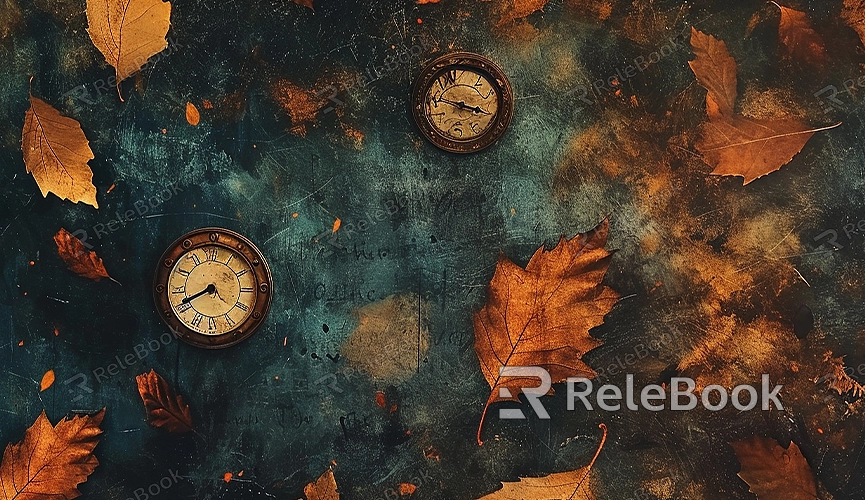Application of Iron Texture
The effect of iron texture in 3D model rendering and 3D scene rendering appears to be more solid and industrial. The elements within iron texture, such as color, gloss, rust, surface flaws, etc., are used to simulate the characteristic rendering effects of iron surfaces in projects like 3D model rendering, product design, and architectural rendering. Different types of iron textures result in different rendering effects. Today, let's briefly understand the common workflow for using iron textures.

1. Choose the Appropriate Type of Iron Texture: In your design, select the type of iron texture that fits the scene's requirements, whether it's rusty iron, smooth metal surfaces, or ancient industrial iron.
2. Prepare the 3D Scene: Set up the scene in Blender or other 3D modeling software, ensuring that scene elements harmonize with the iron texture.
3. Import Iron Texture: Import the chosen iron texture into the project, ensuring that image quality and resolution meet design standards.
4. Adjust UV Mapping: Adjust UV mapping on scene elements to ensure accurate mapping of the iron texture to different parts.
5. Render and Illuminate: Adjust lighting effects in rendering settings and observe how the iron texture performs under different lighting conditions.
6. Add Details and Atmosphere Effects: Use image editing software to add details to the iron, adjust atmosphere effects to make it more industrial and realistic.
7. Real-time Preview: In 3D modeling software, preview the iron texture effects in real-time, make adjustments to ensure harmony with the overall scene.
Common Applications of Rendered Iron Texture Effects:
1. Industrial Equipment Models: Use rusty iron textures to give industrial equipment models an aged and durable appearance, enhancing realism.
2. Urban Building Facades: Use metal surface iron textures to design modern and tech-savvy exteriors for urban building facades, attracting attention.
3. Ruin Scenes: Apply ancient industrial iron textures to create a sense of history and desolation in ruin scenes, adding narrative depth to the scene.
4. Vehicle Exterior Design: Use smooth iron textures to design a modern and stylish appearance for vehicle exteriors, enhancing the overall aesthetic.
5. Tech Product Casings: Use metal surface iron textures to infuse a sense of modernity into tech product casings, elevating the product's high-end appeal.
6. Home Decor Elements: Apply metal surface iron textures to design simple and atmospheric appearances for home decor elements, enhancing interior design taste.
7. Military Game Scenes: Use rusty iron textures to create a weathered and tense war atmosphere in military game scenes, deepening player immersion.
8. Ancient Weapon Models: Use ancient industrial iron textures to add a sense of history and mystery to ancient weapon models, sparking user curiosity.
By mapping iron textures onto 3D models, various types of iron materials can be simulated, such as cast iron, rusty iron, polished iron, etc. This texture works exceptionally well when rendering scenes and objects with an industrial, robust, or ancient feel. If you need many high-quality 3D textures and HDRI, or if you're looking for 3D model downloads, you can find them on Relebook. Simply download and import the textures and 3D models directly into your project.

